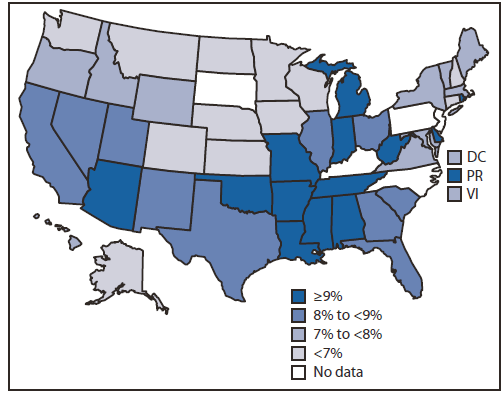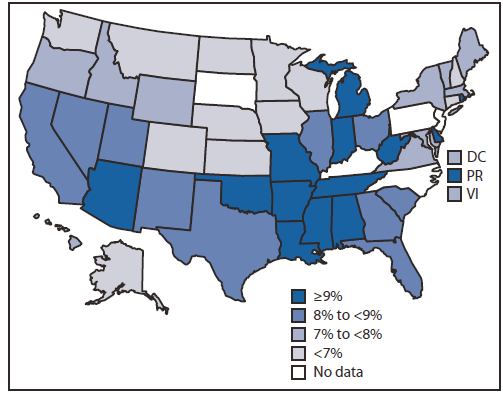Approximately half of all American adults with suffer some kind of mental illness during their lifetime, a CDC reports announced. The authors stress the need for better surveillance in order to improve treatment and prevention.
It is important to point out that the authors are referring to a mental illness occurence during a person’s lifetime. This does not mean that half of all Americans have a mental illness at the moment.
Ileana Arias, Ph.D., principle deputy director of CDC, said:
“We know that mental illness is an important public health problem in itself and is also associated with chronic medical diseases such as cardiovascular disease, diabetes, obesity, and cancer. The report’s findings indicate that we need to expand surveillance activities that monitor levels of mental illness in the United States in order to strengthen our prevention efforts.”
According to a SAMHSA (Substance Abuse and Mental Health Services Administration) study carried out in 2009, 4.8% of America’s adult population – 11 million people – had suffered a mental illness during the preceding twelve months. They define a mental illness as “a diagnosable mental disorder (that) has substantially interfered with, or limited one or more major life activities.”
This study reports that over the previous twelve months, about 8.4 million American adults thought seriously about suicide, 2.2 made plans to end their lives, and about one million attempted to commit suicide.
SAMHSA administrator Pamela S. Hyde, said:
“This new CDC study combined with SAMHSA’s latest surveillance data provides a powerful picture of the impact of mental illness on public health. People with mental disorders should seek help with the same urgency as any other health condition.
Treatment and support services are effective and people do recover.”
The table below is from the 2006 Behavioral Risk Factor Surveillance System, which shows depression rates across the USA among adults aged 18+ years. Depression rates are higher in the southeastern states (data on Ohio, New York, Massachusetts, Illinois, Idaho, Colorado and Arizona refer to 2008):

The table below is from the 2007 Behavioral Risk Factor Surveillance System. Serious psychological distress rates were generally higher in the southeastern states. The researchers defined serious psychological distress as a Kessler-6 score of thirteen or more:

Written by Christian Nordqvist